People | Culture | Processes
Training & Workshops
My trainings are characterized by interactive and agile formats. This is how I ensure that the participants can connect new content with their own experiences and situation. In addition, I pay close attention to an implementation-oriented teaching, which always deals with possible, concrete steps. If suitable, the trainings can have an on-the-job extension, enabling you and the participants to work directly on little projects or on-site analysis.
I do offer training in live, blended or hybrid formats.
On request, I also offer workshops on the same content to work directly on your specific goals.
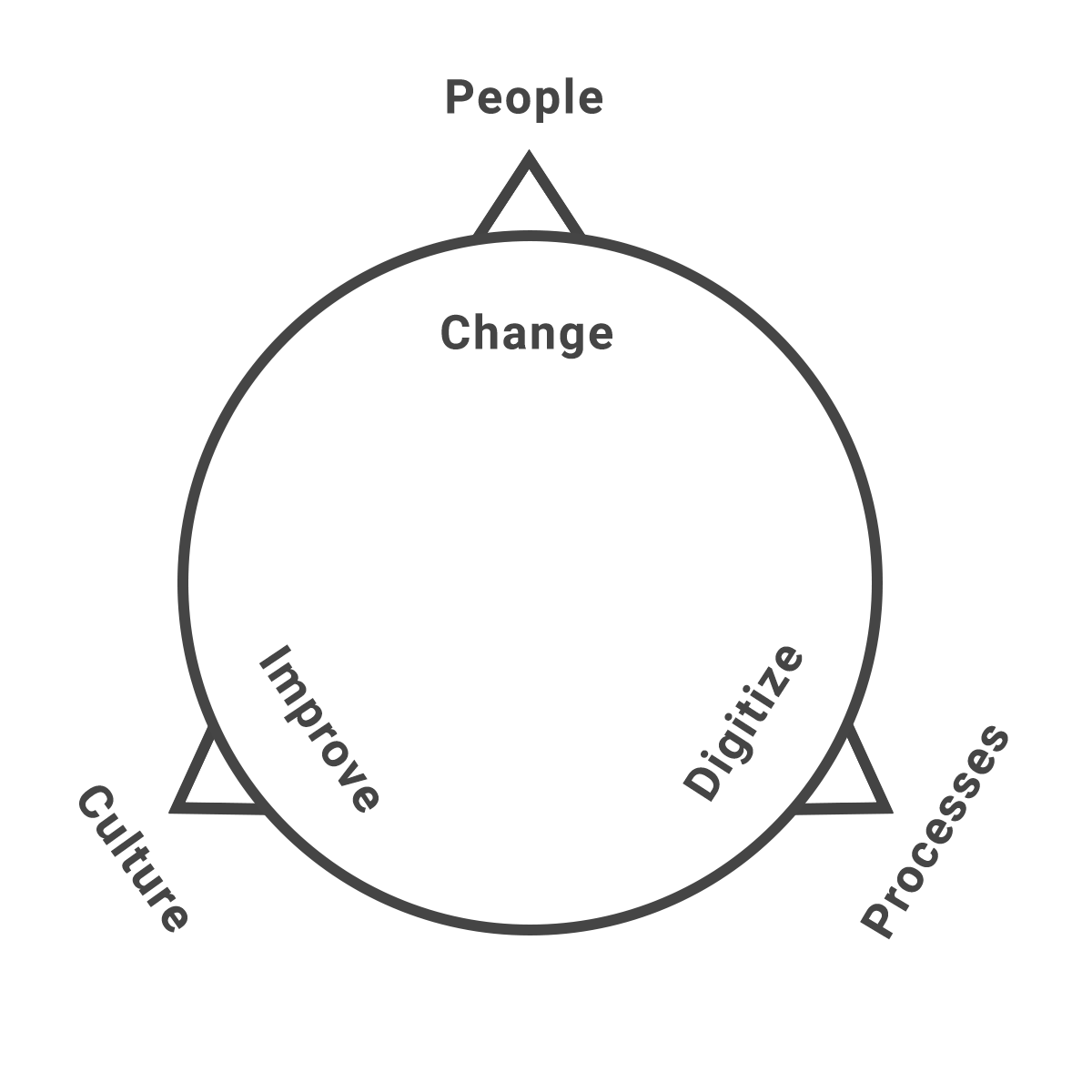
TRAINING ON CULTURE:
- What is Digital Fitness and what is it for?
- Processes and Business: Requirements for Digital Fitness
- People and Culture: Digital Mindset – why is it important?
- Digital Fitness Step by Step: Fields of Action
- What do we need to start a TRANSFORMATION?
- What do we have to pay attention to when planning?
- How do we shape the different phases?
- How do we accompany the changes? What kind of Management of Change is needed?
- How do we ensure co-creation, ACCEPTANCE and conviction?
- How do we ensure sustainable success?
- How do we become sustainable and ensure success in the long term?
- How do we ensure that we are able to deal well with CHANGES in the world and in the market?
- What does this mean for our employees and executives?
- Management of Change: Basics and Elements
- Estimate and plan resistance and reluctance using the force field analysis
- How to truly involve employees instead of taking them with you or getting them on board.
- Flexible reaction and control in critical project phases
- Know and avoid typical mistakes
- General insights in Management of Change concepts
- Why nobody likes changes?
- Different phases in transformation efforts
- How to deal with reluctance?
- Be ready anytime: How to implement MoC concepts in project planning?
- How do we create and convey a vision?
- How do we plan successful communication campaigns?
- How do we develop persuasiveness?
- How do we involve employees and encourage goal-oriented participation?
- What does NEW WORK mean?
- Which corporate culture fits a New Work approach?
- Does New Work need New Leadership?
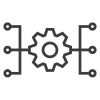
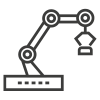
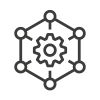
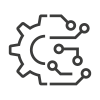
TRAINING ON PROCESSES:
- What is a Smart Factory and what are its advantages?
- The path to the Smart Factory in 4 different stages
- What is the role of humans in a Smart Factory?
- Where to start? Which prerequisites must be worked on?
- Data Lakes and Big Data: Why do we collect data at all?
- The people at the heart of the IT-landscape
- Data logistics: a decisive prerequisite
- Brief overview: Digital helpers and technologies to simplify daily work
- Collect, cluster and understand digitization terms
- What is hype and marketing?
- What is relevant and why?
- First ideas for fields of action and next steps
- My mailbox, my home – how did that happen?
- Working without internal e-mails – is that possible?
- Information classes in companies – there are only a few
- Brief overview: Current communication possibilities/technologies and how to use them purposefully.
- Basics Smart Business
- The people at the heart of the IT-landscape
- Simplify your work with the help of RPA
- Basics of workflow technology and workflow planning
- Basics to join in and plan first steps
- Terms: Industry 4.0, big data, AI, digital twins, OPC UA, MES and co – what do they mean?
- SMART FACTORY – which TRENDS stand out?
- Smart Factory – which common obstacles do we have to deal with?
- The way to the Smart Factory in 4 stages
- Requirements: REAL-TIME CAPABILITY, digital networking, interfaces and transparency
- Industry 4.0 now: What can we do immediately and what decisions can we make later?
- How can we determine, describe and measure our current state?
- How do we derive meaningful next steps?
- Simply examine processes
- Process Mapping basics
- Discovering and naming potentials
- Identify and implement quick wins
- Why are consistently implemented digital workplaces helpful?
- How is my job made easier?
- What do we have to pay attention to?
- People at the heart of IT-LANDSCAPE and how this approach makes daily work easier.
- Planning tools: How do I use Use Cases and BENEFIT MAPS skillfully?
- Implementation approaches: Pilots – helpful or not? Multipliers and key users – what can they do and what not?
- Assisting CHANGE: What hurdles and obstacles usually arise and how can we handle them?
- Governance, policy deployment and leadership.
- What is VALUE, what is waste?
- Know and understand TIM WOODS
- Examples and exercises “Learning to see”
- FLOW AND PULL – what does that mean?
- TAKT, establish balance, reduce cycle times.
- The “real world”: analyzing constraints and working them in.
- What is value, what is WASTE?
- Examples from everyday office life.
- First steps for less waste.
- Performance, quality and improvement – the pillars of shop floor management.
- KPI- as little as possible, as much as necessary.
- The daily DIALOG – how does it work?
- Transparency in the office – how does it work?
- KPI in the office – possibilities to track performance, quality and improvement.
- TOGETHER we are stronger – acting in time, coping with bottlenecks as a team, solving problems together.
- How robust is the process?
- INTERFACE ANALYSIS
- Are the responsibilities clear and consistent?




TRAINING FOR HUMAN SKILL AND EXPERTISE:
- Unlike usual – how does that work? How can little surprises help?
- Clear service orientation – how can we always offer added value?
- How do I find out what the customer really needs and wants?
- How do we pick up DIGITAL NATIVES? What do we have to keep in mind when talking to them?
- Knowing QUESTION TECHINIQUES and how to use them at the right time.
- Simple techniques for more creative answers.
- Improve the quality of projects with asking questions purposefully.
- Simple methods for MORE IDEAS.
- Tackle problems in a structured way and solve them.
- Changing perspectives, find root causes and better idea quickly.
- What is my role as moderator?
- How do I make sure that the GROUP works on the topic?
- How do I make sure that the GOAL is achieved?
- 3*3 METHODS for different phases of a moderation.
- Attention: How do I make everyone listen?
- Content: How do I make sure that my message is clear?
- Result: How do I prepare decisions?
- Prioritize quickly and correctly.
- Clever and consistent use of “right-now” concepts.
- Digital helpers: clever use of applications, rules and automations.
